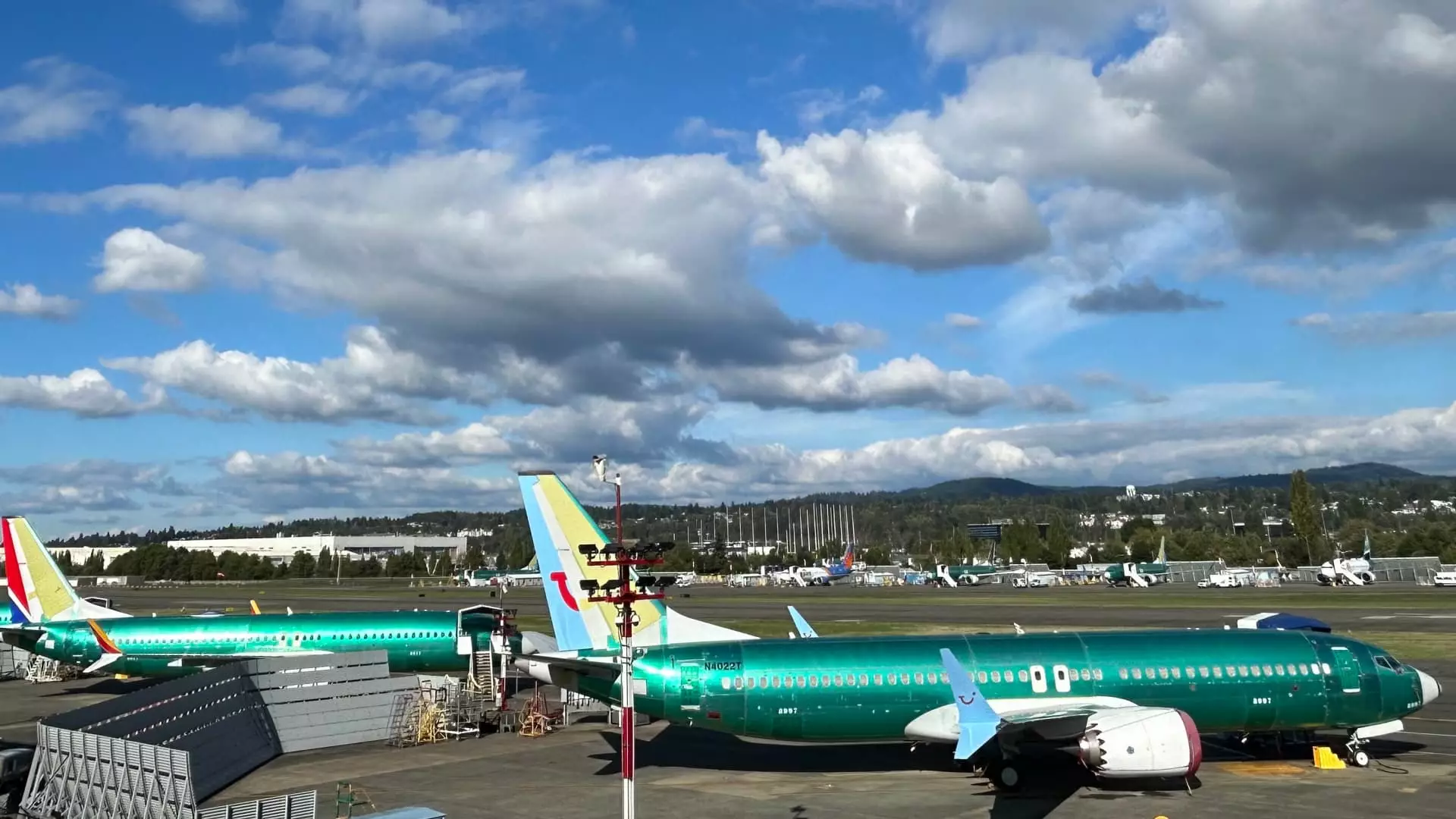The development and delivery of the new Air Force One planes have become a focal point of frustration for President Donald Trump, especially as extensive delays push the timeline far beyond initial projections. With the intricate nature of military contracts and the responsibility of ensuring that the presidential aircraft meets the highest standards, the challenges faced by Boeing have not only stirred political discontent but also reflected broader issues within the aviation manufacturing sector.
The contract for the new Boeing 747s, which was negotiated at a staggering cost of $4 billion during Trump’s first term, was originally intended to provide a seamless transition to updated aircraft capable of meeting the unique requirements of the presidential role. However, the reality of over $2 billion in cost overruns and supply chain issues has introduced unforeseen complications. The complexity of these aircraft, combined with external logistical difficulties, has led to a stagnation in their delivery, resulting in palpable frustration echoing from the Oval Office.
Compounding these issues is the fact that the delays coincide with a significant resurgence in travel demand in the post-pandemic era. As airlines scramble to meet the newfound demand for air travel, Boeing is grappling with not only the military contract but a series of demands from commercial clients as well. This situation magnifies the pressure on the aerospace giant to improve its efficiency and restore client confidence.
Elon Musk’s Involvement and Technological Innovation
In a noteworthy turn, President Trump has enlisted the expertise of tech entrepreneur Elon Musk, the CEO of SpaceX, to expedite the production of the new Air Force One planes. Musk, whose innovative reputation precedes him, is poised to bring a different approach to the table, focusing on eliminating bureaucratic obstacles and recognizing non-essential requirements that may be hindering progress. Boeing’s CEO Kelly Ortberg, in his recent comments, acknowledged Musk’s contributions, describing him as a “brilliant guy” who possesses the ability to discern technical necessities from superfluous processes.
The partnership with Musk reflects a broader trend within the aerospace industry, as several companies begin to explore collaborations that bridge traditional aviation with cutting-edge technology. This convergence has the potential to not only enhance efficiency but also provide fresh solutions to age-old problems that have beleaguered manufacturers like Boeing for decades.
Despite the troubling delays, there appears to be a shifting sentiment among Boeing’s commercial clients. Executives from major airlines like United Airlines and Southwest Airlines have recently expressed increased optimism regarding Boeing’s recovery trajectory. This turnaround may be attributed to changes in leadership since Ortberg took over in August, implying that fresh management strategies are playing a pivotal role in restoring production reliability.
United Airlines CFO Mike Leskinen noted that the manufacturer is seemingly overcoming past hurdles, and the projections for MAX aircraft deliveries are becoming more promising. Similarly, Southwest Airlines CEO Bob Jordan acknowledged that while challenges remain, Boeing is making tangible progress, giving airlines reason to be hopeful about future operations.
The struggles of Boeing extend beyond just the new Air Force One planes. The company has faced a series of production challenges over the past few years, including a near-catastrophic incident involving a door-plug blowout in January 2024. This incident not only pushed back deliveries but also resulted in significant leadership changes that question the efficacy of existing operational strategies.
Despite these setbacks, Ortberg’s confidence in overcoming supply chain issues is noteworthy. He has stated that Boeings’ flagship 737 MAX production is set to ramp up significantly, which may signal a new direction for the company. If successful, this could indicate that Boeing is learning to adapt in a rapidly changing market while acquiring the agility needed to meet both military and commercial demands.
The implications of Boeing’s challenges transcend the immediate context of Air Force One. The aerospace industry stands at a crossroads, where innovation, efficiency, and leadership are paramount. President Trump’s frustration and Musk’s involvement spotlight the urgent need for effective solutions. As Boeing endeavors to navigate these turbulent waters, the outcome of this partnership may well define the future of aviation manufacturing in the United States. The journey ahead remains uncertain, but the stakes are undoubtedly high, with both political and corporate reputations hanging in the balance.


Leave a Reply